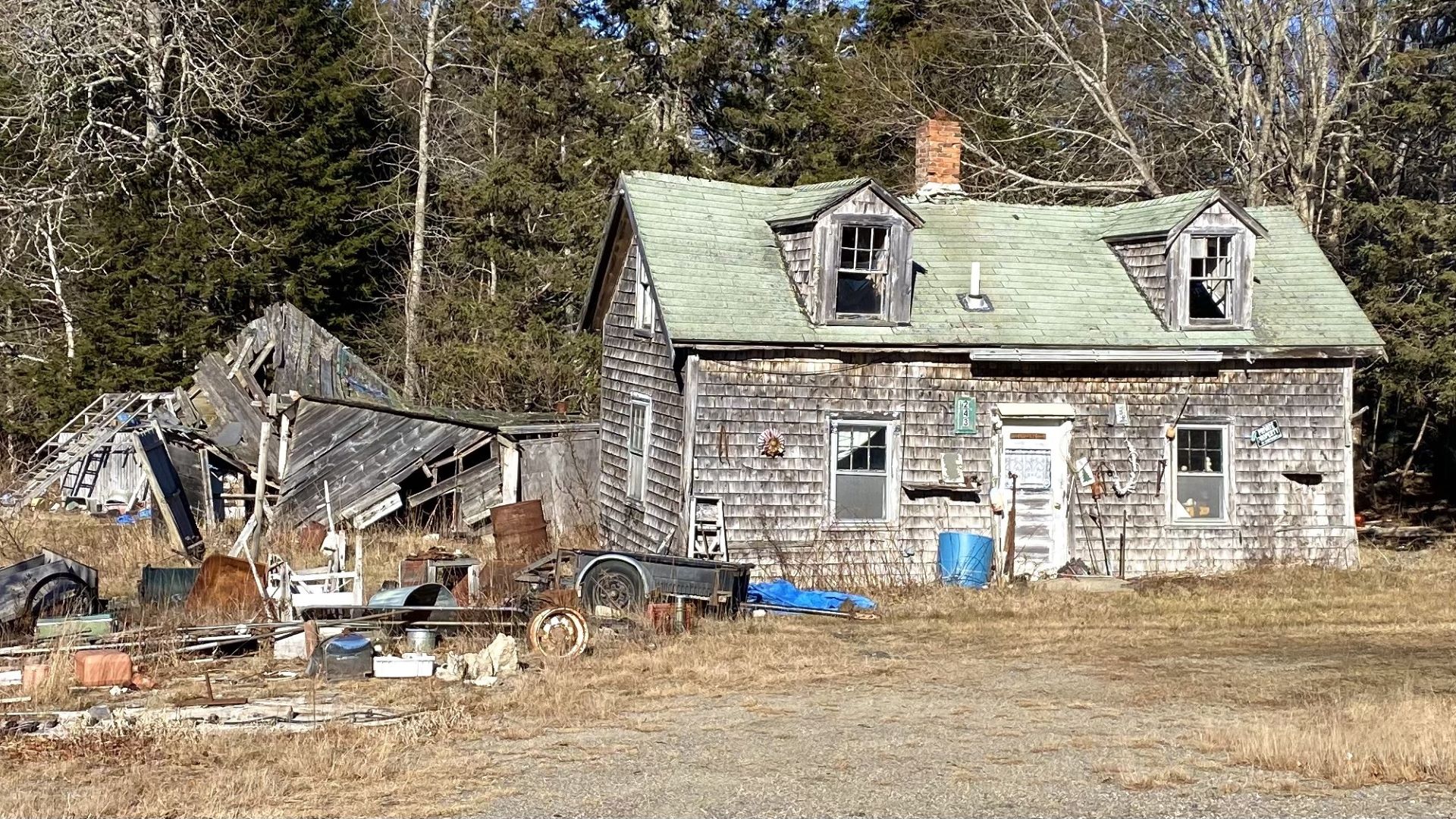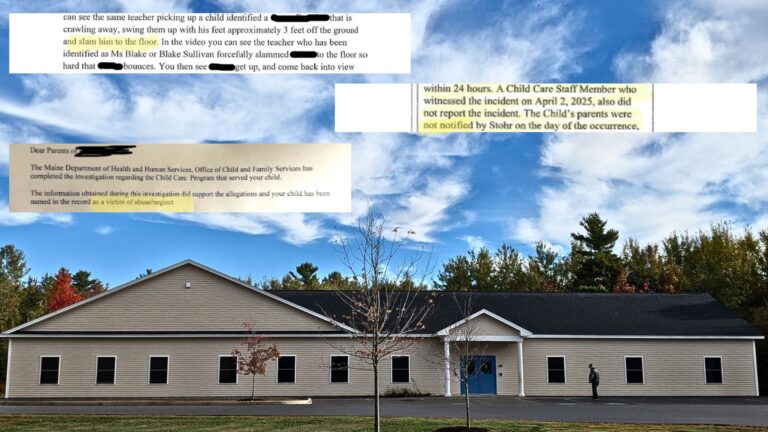As Maine works to address its housing crisis, much of the attention is focused on the need for new development. But there’s another issue at hand: the state’s aging housing stock.
Nearly a quarter of Maine’s 741,803 housing units — 23.4 percent — were built before 1940. That’s far more than the national average of 12 percent, according to the U.S. Census Bureau’s 2018-2022 American Community Survey five-year estimates.
Other New England states are facing a similar issue: 19.5 percent of New Hampshire’s housing units, 25.5 percent of Vermont’s and 30.7 of Rhode Island’s were built in the same timeframe.
The problem this poses in Maine was highlighted in an October 2023 report from MaineHousing.
“As a result of low production, reduced rental housing and an aging housing stock, the availability of homes is declining and prices are increasing, making it very difficult to access and afford homes and fill job openings in some parts of the state,” the report states.
Some of these aging homes “sit vacant in need of reinvestment,” according to the report, and as homes deteriorate and are demolished, the overall inventory declines.
“Maine’s homes are older on average than the rest of the country, with homes built before 1960 making up around 35% of the housing stock in all regions, relative to 27% in the United States as a whole,” the report states. “This aging is particularly acute in the Central Western and Northeastern regions, where close to 60% of homes in 2021 were built before 1980.”
In all but two of Maine’s counties, between 20 to 30 percent of the housing inventory was built prior to 1940. Knox County has the highest percentage statewide at 33.3 percent, while Franklin County has the lowest at 18.4 percent.
Here’s a chart that breaks down the number of housing units by age, both statewide and by county:







